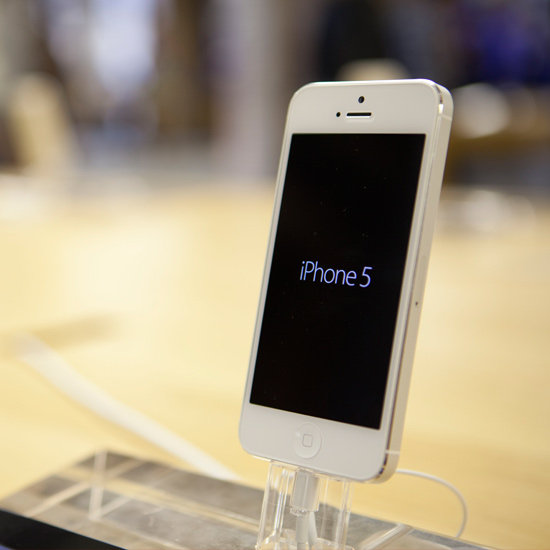No one anticipated the iPhone's meteoric rise when it was first introduced in 2007. Critics complained that, unlike the BlackBerry (remember those?), the touchscreen phone was too hard to type on. It was too expensive. It had to be on the AT&T network. Little did those critics know that, five years later, the rectangle with rounded corners would own the smartphone market.
The device's wild popularity has, unfortunately, grown so much that iPhone and iPad thefts rose 40 percent in New York City. Thieves love the Apple smartphone so much that they'll even snatch them from babies. This stat got us thinking about Steve Jobs's masterpiece and what makes it so special. So, as you clutch your device to keep it out of harm's way, read these five totally crazy — but true — facts about the iPhone.

- The most expensive piece in the iPhone 4 costs a whopping . . . $28.50.According to research firm iSuppli, the phone's Retina display screen is the priciest piece of the iPhone puzzle. Together, the parts total about $200, although that doesn't take assembly, design, or branding into account.
- 250 million units of iPhones have been sold to date. If all iPhone sales worldwide were concentrated in the US, it would be equal to nearly 80 percent of the entire US population.
- Nine rare earth minerals are used to make the iPhone vibrate, play music, show color on its screen, and do all the cool things we love it for. Many of those minerals are concentrated in one place, and 90 percent of the elements are mined in China.
- The computer chip that powers the iPhone is manufactured by Apple's greatest rival, Samsung. Keep your friends close and your enemies closer — as close as inside of your bestselling product, we suppose. In case you missed it,Apple filed a huge lawsuit against Samsung in June, claiming that the company violated patent law by using aspects of Apple's most popular mobile devices in its smartphones. Apple won the case, which might make the collaboration between the two companies to design and manufacture the next mobile processor a littleawkward.
- It took over 200 patents and 156 suppliers across three continents to make the iPhone. Everything from the look and feel of the phone to all of its individual parts to how precisely it's assembled was patented as intellectual property in early developments of the iPhone. In 2012, Apple released a complete list of its iPhone, iPod, and iPad suppliers, revealing the intricacies of assembling the products.
Continue on for more facts and figures on the iPhone.
Has your mind been blown? Tell us why you love your iPhone in the comments below.
No comments:
Post a Comment